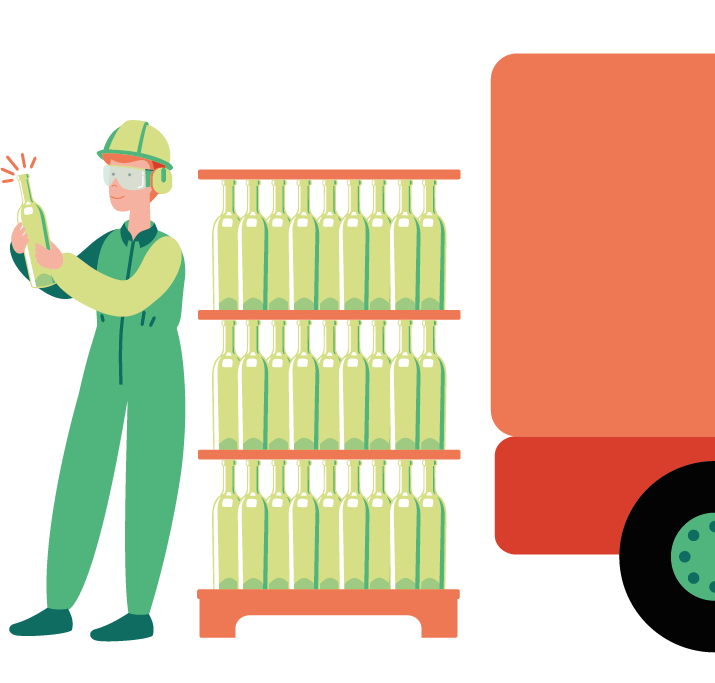Explore the exhibition
THE CIRCULAR JOURNEY: PRODUCTION
FEVE is the Federation of European manufacturers of glass containers for food and beverage and flacons for perfumery, cosmetics and pharmacy markets. It’s members produce over 80 billion glass containers per year.
Glass is designed for the environment: glass bottles are 30% lighter today than 20 years ago while maintaining product preservation, recyclability and innovative design. Also, the energy use required to produce glass packaging has been reduced by 80% in the last 50 years.
THE CIRCULAR JOURNEY: PRODUCTION
FEVE is the Federation of European manufacturers of glass containers for food and beverageand flacons for perfumery, cosmetics and pharmacy markets. It’s members produce over 80 billion glass containers per year. Glass is designed for the environment: glass bottles are 30% lighter today than 20 years ago while maintaining product preservation, recyclability and innovative design. Also, the energy use required to produce glass packaging has been reduced by 80% in the last 50 years.









